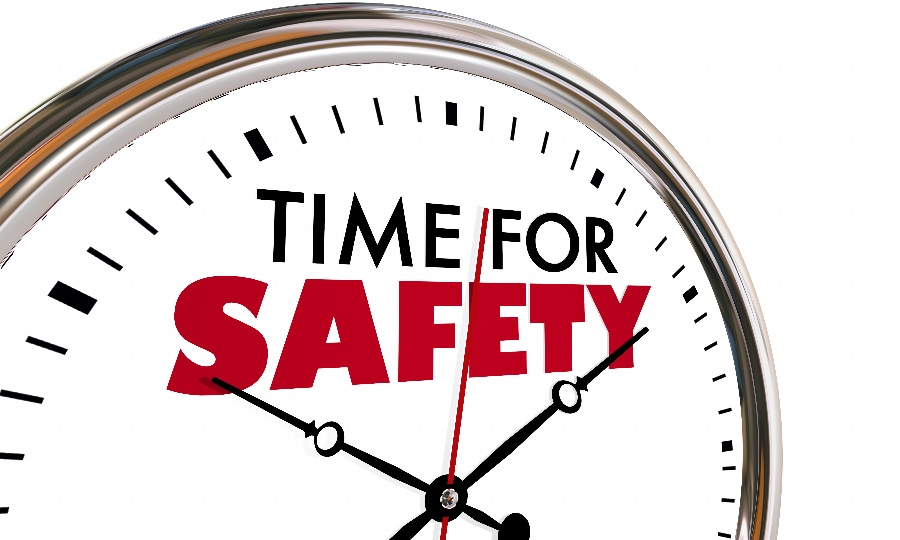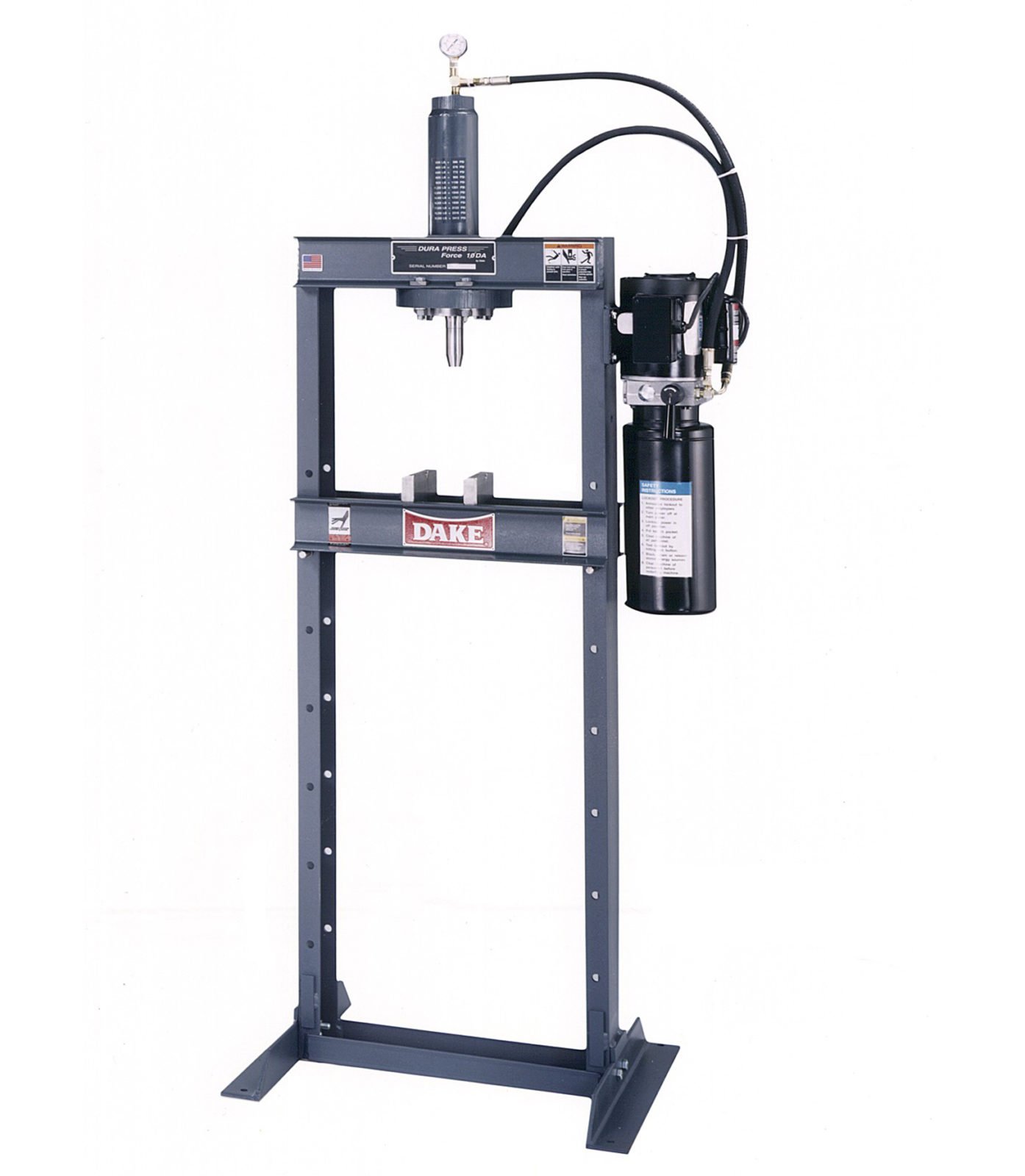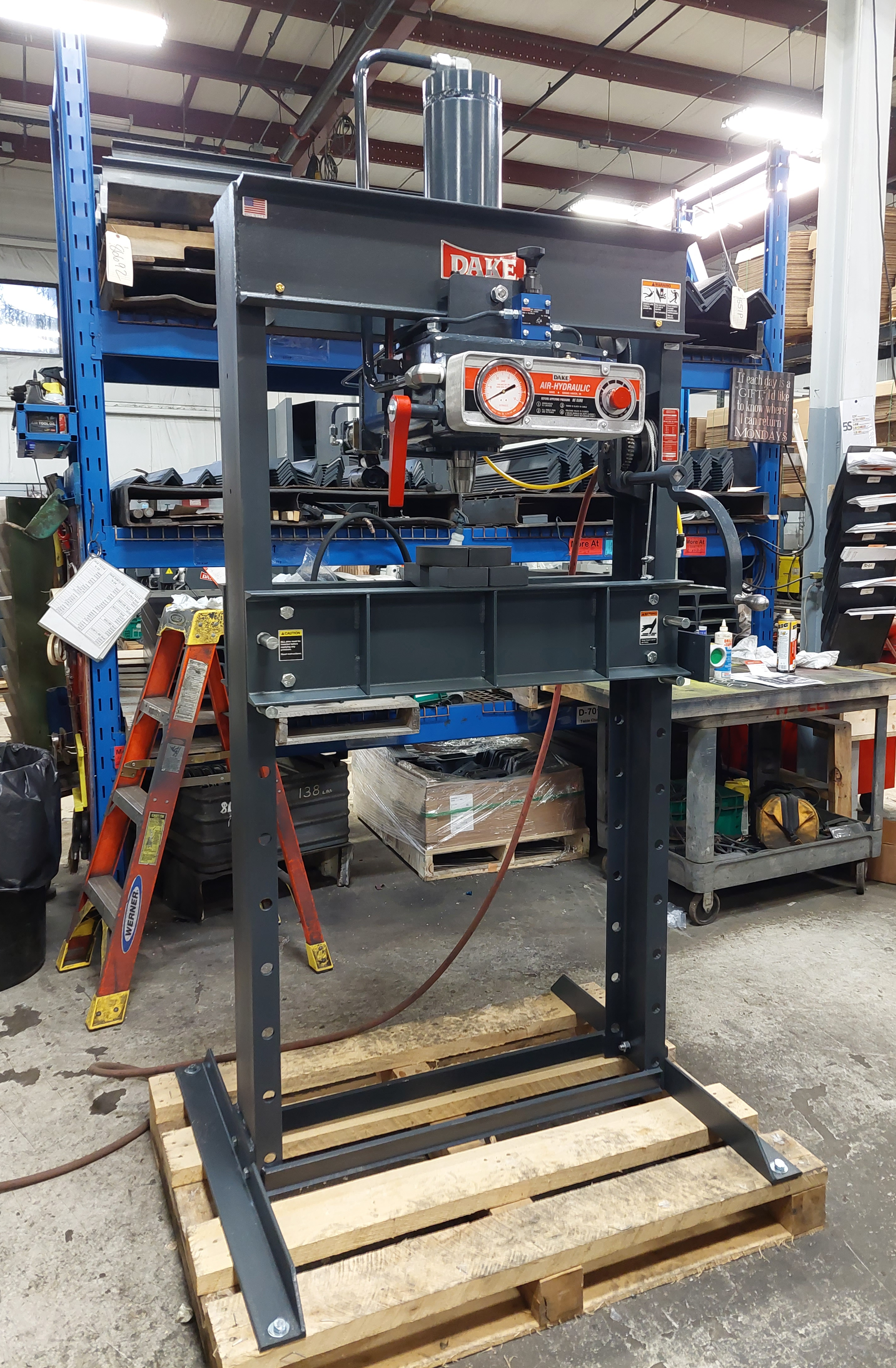In industry and business, there is always a chance that mishaps can happen on the job. Those chances are greatly increased in the metalworking field.
The heavy-duty machines are one thing that could cause mishaps, and raw materials are another. While Dake machines are designed to be as safe as possible, there is always a risk that comes with metalworking.
That is why metalworking companies must remain vigilant and take the appropriate precautions to ensure the safety of the workers.
This post covers our top 10 tips for reducing workplace-related injuries in the shop. Keep in mind that these apply to facilities of any size.
1. Familiarize Yourself with OSHA Regulations
The Occupational Safety and Health Administration (OSHA) has a lot of rules and guidelines to help keep workers safe and healthy. To ensure that your business is operating within OSHA regulations, familiarize yourself and your management team with the appropriate guidelines.
If a recordable injury occurs, there will be a ton of paperwork to fill out. Also, if you have 10 or more employees, you will need to keep several safety documents on file including a drug enforcement policy, safety meeting minutes, job hazards analysis, site inspections, a log of occupational injuries, and more. You can learn more about recordable injuries and the required safety documents here.
2. Have a Clearly Written Safety Plan
Another safety document that you need to keep on file is a written safety plan. This is truly the first step to maintaining a safe work environment.
As a key part of a well-rounded accident prevention program, this plan should include pointers for all areas of employee health and safety. It should also strongly encourage employees to immediately report any dangerous behavior or hazardous practices.
3. Inspect Company Vehicles Regularly
Metalworking machines aren’t the only pieces of heavy machinery that are involved in daily operations. Forklifts and other potentially dangerous vehicles are also part of the workplace environment.
It is important to regularly inspect these vehicles and perform proper maintenance. Avoiding a malfunction due to negligence is another step in providing a safe environment for your employees.
4. Maintain Machines
The machines used for various metalworking tasks are extremely powerful. Since they have many moving parts, inspections and maintenance must be regularly performed.
Whether you have bandsaws, presses, or both, these machines need to be cleaned and oiled without fail.
5. Train Employees
Ensuring that your workers know about your safety plan is another step in preventing workplace-related injuries. Standard safety training is necessary, and your team should understand the importance of following safety guidelines.
It wouldn’t hurt to also provide your workers with supplemental training covering the concept of body mechanics. Many workplace injuries occur due to muscle strain. Since metalworkers handle sheet metal on a daily basis, they must understand how to lift and move heavy materials without causing injury to themselves.
6. Keep Track of Safety Measures
Once your entire team has undergone safety training, you will need to monitor and reinforce safety measures. This can be done with further education, staff meetings, and proper supervision.
If you notice that a particular employee is upholding the safety standards very well, you can reward them. Employees tend to perform well when there is an incentive.
7. Never Accept Shortcuts
It is understandable that after a certain amount of time performing the same tasks, a metalworker can become complacent or careless. While the urge to take shortcuts is strong, it should be avoided at all costs.
When metalworkers skip steps to get the job done faster, that’s when accidents can happen. Proper training and clear machine instructions are necessary to ensure that this does not happen.
8. Always Work with a Full Staff
Never taking shortcuts applies to you as well. As a business owner, it can be tempting to run daily operations without enough people on the floor. Not only does this lead to overtime for the employees, but it also raises the chances that your employees will suffer from exhaustion.
Overworked employees are more likely to make mistakes that can easily lead to injuries. If you need to hire seasonal workers or part-time employees, then you shouldn’t wait to do so.
9. Provide Safety Gear
One of the most important parts of running a safe metalworking facility is to always provide protective gear to your employees. Wearable safety gear is essential. No one should be allowed on the floor without it.
While protective equipment can vary depending on what kind of metalworking your company does, the most common pieces of safety gear include gloves, goggles, face shields, safety shoes, earplugs/muffs, and hard hats. If you have a floor manager on duty, he or she should be responsible for ensuring that everyone on the floor is appropriately dressed.
10. Stay Organized
While this one may seem obvious, maintaining an orderly work environment is the best safety tip we can give. You might be surprised how often injuries occur because of wet floors, debris, or misplaced objects.
Think of this hypothetical situation. Metalworking tasks involve a certain routine, and employees get easily set in that routine. If an employee is walking a marked footpath that is always clear and a box of scrap metal has been placed in that footpath, the employee could trip.
Workplace falls can be nasty and cause severe injuries. To avoid this hazard entirely, make sure that the area is always clean, dry, and clear of any clutter.
Bonus Tip
No matter how safe you think your metalworking facility is, there is always a chance that accidents can occur. A good way to combat this is to implement a safety management software system.
This type of system can easily keep track of your employees’ medical data, work histories, and more. It also take the hassle out of paperwork when an accident does occur.
Dake Machines
At Dake, our metalworking machines are designed to be as safe as possible. Constructed out of cast iron, our machines are stable and resilient. If you have specific questions about safety features on a certain Dake machine, get in touch with our experts today.
-1.jpg?width=1200&height=525&name=DAKE003_%20Logos_Red%20(002)-1.jpg)

.jpg)

